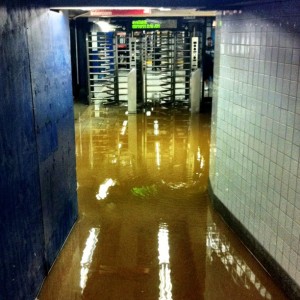
Over the weekend, NYC was the victim of nonstop and frightening downpours…
View this complete post...







John Hennessy III,
P.E.






Over the weekend, NYC was the victim of nonstop and frightening downpours…
View this complete post...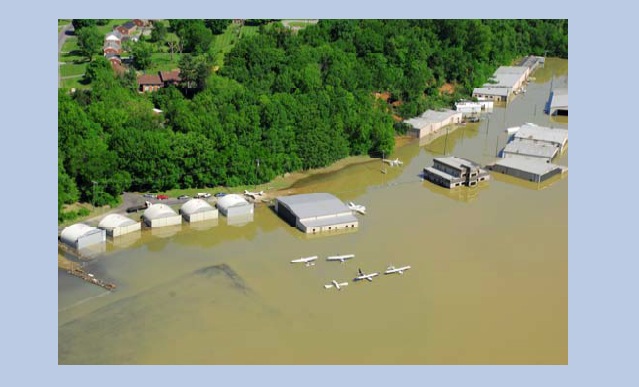
TRANSPORTATION RESEARCH BOARD
How does the transportation community develop solutions and approaches that will minimize or eliminate the impact of climate change? To many, this question is a paramount one as the nation builds, rebuilds, operates, and maintains its transportation infrastructure.
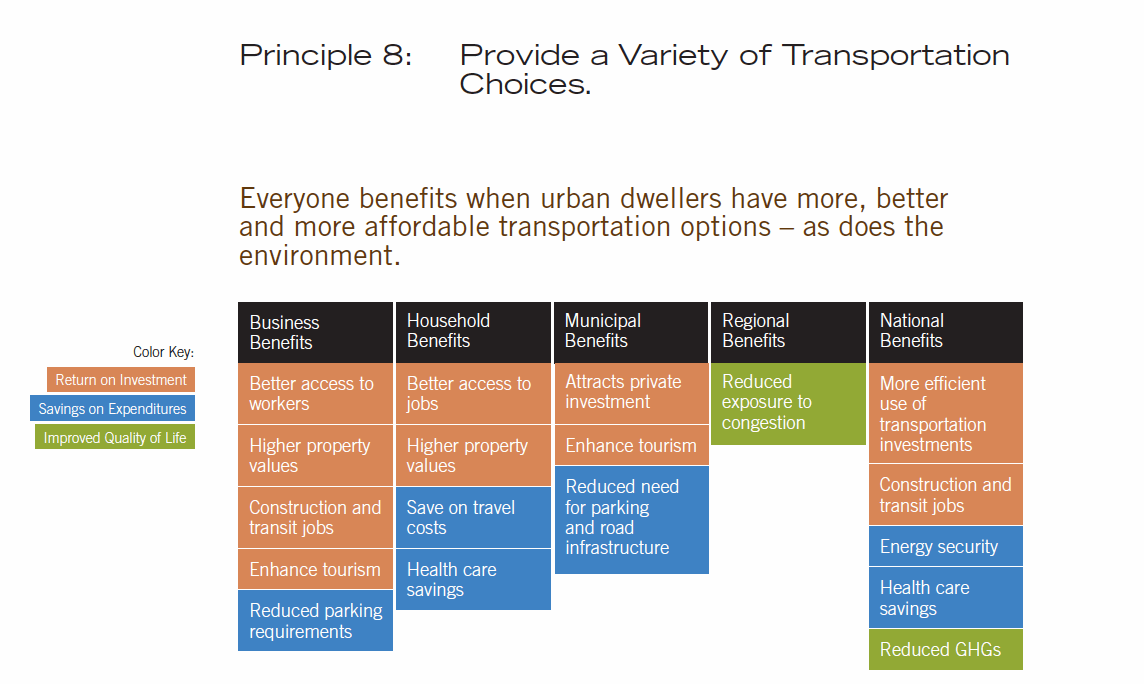
CENTER FOR CLEAN AIR POLICY
The preponderance of the evidence leads us to conclude that an inclusive planning process that yields more walkable neighborhoods with broader housing and transportation options can help communities, businesses and individuals make money, save money and improve quality of life.

AMERICAN PHYSICAL SOCIETY
The United States has ample renewable energy resources. Land-based wind, the most readily available for development, totals more than 8000 GW of potential capacity. The capacity of concentrating solar power is nearly 7,000 GW in seven southwestern states. The generation potential of photovoltaics is limited only by the land area devoted to it, 100–250 GW/100 km2 in the United States. To illustrate energy capacity vs. projected demand, the US generated electric power at an average rate of approximately 450 GW in 2009, with peaks over 1000 GW during the summer months. By 2035, electricity demand is projected to rise 30%.
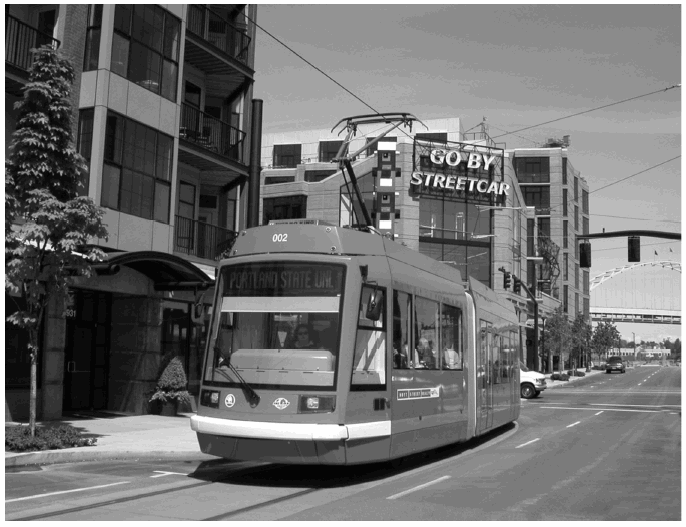
TRANSIT COOPERATIVE RESEARCH PROGRAM
In the past 20 years, numerous cities have planned and implemented new rail transit systems. This movement has coincided with other urban regeneration trends, bringing new life to urban centers and advancing strategies to manage growth that promote more efficient patterns of development. Various forms of heavy rail, light rail, and streetcar systems have been built, many with robust ridership and popularity, owing to a rediscovery of this form of transportation, as well as concerns about growing traffic congestion, volatile fuel prices, and climate change.
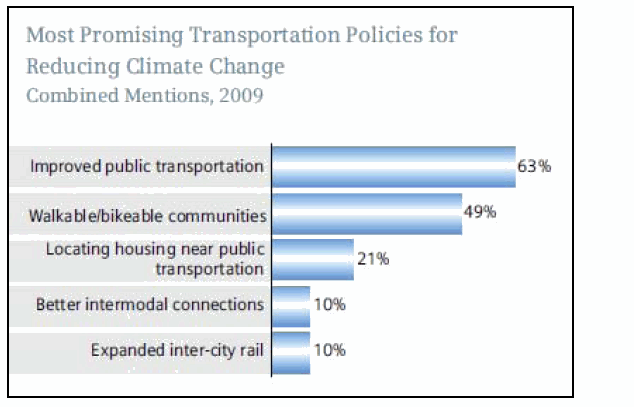
LEAGUE OF AMERICAN BICYCLISTS
Bicycling advocates can help shape Climate Action Plans to include pro‐bicycling policies. Using case studies and examples from existing plans, this report examines: 1. how pro‐bicycling policies have been written into the Climate Action Plans of states, cities, and universities, 2. examples of plans that include bicycling, 3. how bicycling advocates can best support these efforts, and 4. how to ensure that governments follow through on the promises made in their plans.
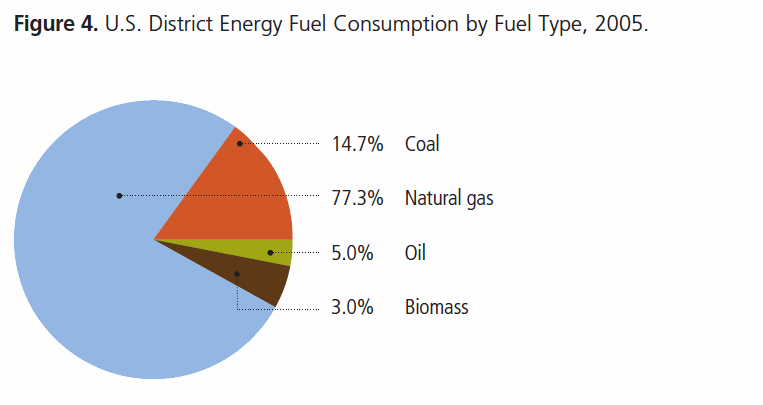
INTERNATIONAL DISTRICT ENERGY ASSOCIATION (IDEA)
Even if a U.S. climate bill is passed in 2010, it is likely to be many years before a cap-and-trade system has an impact on energy use. With continued uncertainties regarding U.S. climate legislation, it is now more essential than ever that the U.S. implements other policies that move us toward reduced fossil fuel consumption and lower greenhouse gas emissions. The Thermal Renewable Energy and Efficiency Act of 2010 will stimulate increased use of renewable energy sources to heat and cool buildings throughout the country.
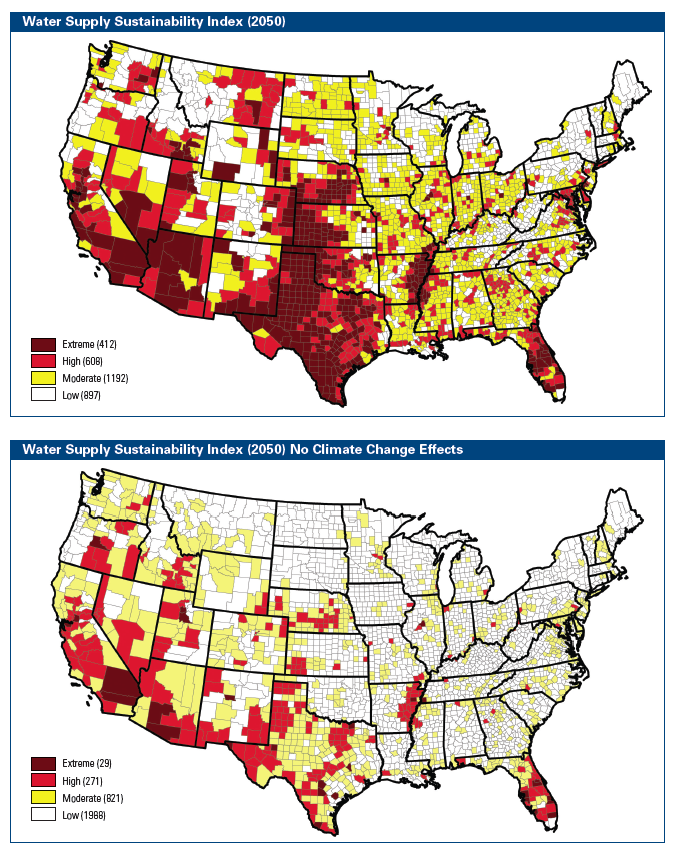
NATIONAL RESOURCES DEFENSE COUNCIL
This analysis shows that climate change will have significant impacts on water supplies throughout the country in the coming decades, with over 1,100 counties facing greater risks of water shortages due to the effects of climate change. While water management and climate change adaptation plans will be essential to lessen the impacts, they cannot be expected to counter the effects of a warming climate. One reason is that the changes may simply outrun the potential for alternatives such as modifying withdrawals, increasing water use efficiency, increased water recycling, enhancing groundwater recharge, rainwater harvesting and inter-basin or inter-county transfers to make up for water deficits.

POLICY MATTERS OHIO
America once led the world in production of rail cars, buses and other forms of transportation capital stock. As national attention shifted to highways and air transit in the second half of the twentieth century, investment in rail and public transit dwindled. New interest sparked by climate change and the dangers of dependency on fossil fuel and foreign oil have brought attention to pent-up demand and investment needs in this sector. National investments to repair existing stock and implement plans already in the works would provide sufficient demand to start rebuilding the public transit manufacturing sector…
Follow InfrastructureUSA
Video, stills and tales. Share images of the Infra in your community that demands attention. Post your ideas about national Infra issues. Go ahead. Show Us Your Infra! Upload and instantly share your message.
Is the administration moving fast enough on Infra issues? Are Americans prepared to pay more taxes for repairs? Should job creation be the guiding determination? Vote now!
What do the experts think? This is where the nation's public policy organizations, trade associations and think tanks weigh in with analysis on Infra issues. Tell them what you think. Ask questions. Share a different view.
The Infra Blog offers cutting edge perspective on a broad spectrum of Infra topics. Frequent updates and provocative posts highlight hot button topics -- essential ingredients of a national Infra dialogue.
It is encouraging to finally see clear signs of federal action to support a comprehensive US infrastructure investment plan.
Now more than ever, our advocacy is needed to keep stakeholders informed and connected, and to hold politicians to their promises to finally fix our nation’s ailing infrastructure.
We have already engaged nearly 280,000 users, and hoping to add many more as interest continues to grow.
We require your support in order to rise to this occasion, to make the most of this opportunity. Please consider making a tax-deductible donation to InfrastructureUSA.org.
Steve Anderson
Managing Director
SteveAnderson@InfrastructureUSA.org
917-940-7125